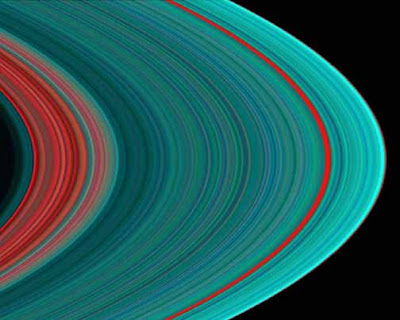AURORA WATCH: A solar wind stream is buffeting Earth's magnetic field and causing geomagnetic storms around the Arctic Circle. "Stunning!
Yuichi Takasaka, Yellowknife, Northwest Territories, CanadaSep. 3, 2008
Lance Parrish, Skiland, AlaskaSep. 2-4, 2008

Yuichi Takasaka, Lady Evelyn Falls, near Kakisa, Northwest Territories, CanadaSep. 2, 2008










